Hi Readers: Having just read the January 2008 issue of Plane and Pilot (a GA - piston engine aircraft magazine), I,m happy to see some focus on the present low numbers of student pilots, pilots in general, and technicians. The articles by Peter Bunce of GAMA, and Marc C. Lee regarding the shortages and what can be done to reinvigorate GA interest was interesting, but barely scratching the surface for the root reasons. And, of course, the bulk of the shortages of pilots involve propjet and turbine jet pilots for the airlines and commuter flying.
In perspective, the shortages are not just GA, but well across the spectrum of aviation. Air travel is bursting at the seams, new types of airplanes, particularly jet types, are now being produced in numbers ---and where are the numbers of pilots, mechanics, and technicians to accommodate these increases?
Let's review the facts as seen by FAA: The total pilot population, now little greater than 598,000, will increase to about 722,000 by year 2030, an average growth over a 23-year period of 0.8%. The largest growth is expected in the Commercial and Student Pilot categories. Commercial aircraft operations (the sum of Air Carrier and Commuter/Air Taxi) at all U.S. airports (Towered and nontowered) are projected to increase from 29 million to 37.3 million in year 2020 and to 45.4 million in year 2030.
Meanwhile GA operations is forecasted to increase from about 81 million to 92.1 million in year 2020 and 100.4 million in year 2030. Much of the growth will be the result of increased use of a turbine fleet for Business/Corporate related flying. The Cargo jet fleet will have similar proportionate increases, and the Regional/Commuter fleet is expected to grow from about 2,800 aircraft to just under 5,000 by year 2030. By itself, GA aircraft is expected to increase from 227,000 to 275,000 in 2020, such growth because of flight-hour increases at a faster rate than the total aircraft fleet, but at the same time more sensitive to fuel prices and to variations in the general economic growth.
As for renewed interest by the younger populations in flying as pilots and other aviation careers, a study in itself, specific programs and efforts by Government, Aircraft Companies, and Training Schools must be designed and sponsored. I advocate a Govt-Industry sponsored Civilian Pilot and Technician Training Program (which I am currently working on), perhaps with service commitments to Military and Government Departments, to eliminate shortages and prepare for the future. Such a program was put in place by the Commerce Department in the 1930's, if you remember. In fact, I learned to fly in that very program, and was committed to service in the Army Air Forces.
The most plausible answer to the lack of interest and response to current aviation by the younger people, I think, is their lack of technical education, and the money, to pursue aviation pursuits and careers. Added to the problem is the seemingly lack of instructor people in the flying and technical aspects of the problem.
I'm still working on the November 2007 aircraft accident count and analysis.
To get away from some of our problems, I have a Cat story for you. I received the following in an early Christmas card from a friend in Monterey, California: (You don't have to own a cat to appreciate this one...)
A couple was dressed and ready to go out for the evening. They turned on a night light, turned on the telephone answering machine, covered their pet parakeet, and put the cat in the back yard. Then they phoned the local cab company and requested a taxi. The taxi arrived and the couple opened the front door to leave their house. The cat they had put out into the yard scoots back into the house. They don't want the cat shut in the house because "she" always tries to eat the bird. The wife goes out to the taxi while the husband goes inside to get the cat. The cat runs upstairs, the man in hot pursuit. The wife doesn't want the driver to know the house will be empty. She explains to the taxi driver that her husband will be out soon. "He's just going upstairs to say goodbye to my mother." A few minutes later, the husband gets into the cab. "Sorry I took so long," he says, as they drive away. "Stupid bitch was hiding under the bed. Had to poke her with a coat hangar to get her to come out! Then I had to wrap her in a blanket to keep her from scratching me. But it worked. I hauled her fat ass downstairs and threw her out into the back yard!" The cabdriver hit a parked car...
Thanks for listening. Robert Shaw.
Saturday, December 8, 2007
The Need For Pilots and Technicians
Labels:
accidents,
air travel,
Airline pilots,
airlines,
Aviation careers,
cargo,
flying hours,
forecasts
Subscribe to:
Post Comments (Atom)

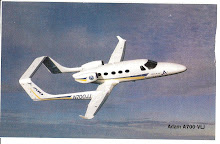

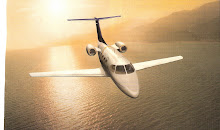


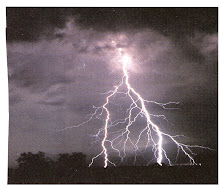

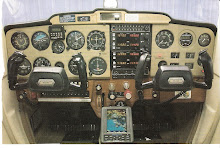
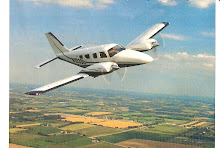
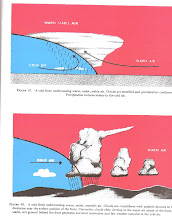
No comments:
Post a Comment